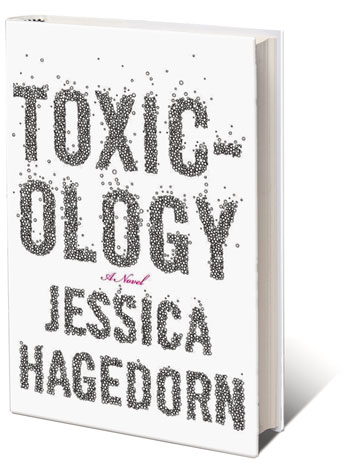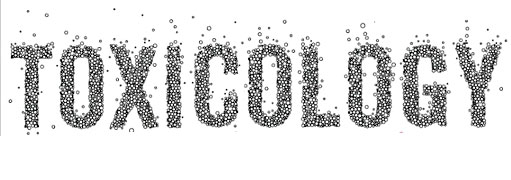Book Review: Jessica Hagedorn's Toxicology Inconclusive
An Inconclusive Report On The Lifestyles Of The Rich And Famous


Latest Article|September 3, 2020|Free
::Making Grown Men Cry Since 1992




